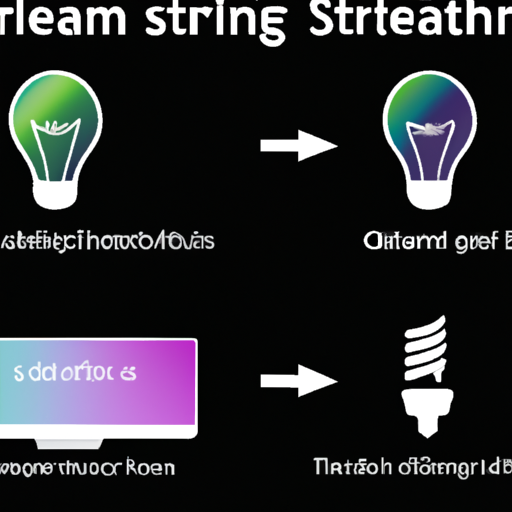Title: The Mainstream Electric Light Emitting Production Process: A Comprehensive Overview

Electric light emitting devices have revolutionized the way we illuminate our surroundings. From traditional incandescent bulbs to modern LED lights, the production process has evolved significantly over the years. In this article, we will delve into the mainstream electric light emitting production process, exploring the various stages involved and the advancements that have shaped the industry.
1. Understanding Electric Light Emitting Devices:
Electric light emitting devices encompass a wide range of products, including incandescent bulbs, fluorescent lamps, and light-emitting diodes (LEDs). While each type has its unique production process, we will primarily focus on the mainstream production process of LED lights due to their increasing popularity and energy efficiency.
2. Semiconductor Manufacturing:
The production of LED lights begins with the manufacturing of semiconductors, which are the heart of these devices. Semiconductors are typically made from materials such as gallium nitride (GaN) or indium gallium nitride (InGaN). The process involves growing thin layers of these materials on a substrate, usually made of sapphire or silicon carbide.
3. Epitaxy:
Epitaxy is a crucial step in the production process, where the semiconductor layers are grown on the substrate. This is achieved through a technique called metal-organic chemical vapor deposition (MOCVD). MOCVD involves heating the substrate and introducing specific gases containing the desired elements, which then react and form the semiconductor layers.
4. Wafer Processing:
Once the epitaxy process is complete, the semiconductor layers are sliced into individual wafers. These wafers undergo several processing steps, including cleaning, etching, and deposition of various materials. The goal is to create the necessary structures and patterns required for the functioning of the LED.
5. P-N Junction Formation:
The p-n junction is a crucial component of LED lights, responsible for their light-emitting properties. In this step, the wafer is doped with impurities to create regions with excess electrons (n-type) and regions with a deficit of electrons (p-type). This creates a junction where electrons and holes can recombine, resulting in light emission.
6. Chip Fabrication:
After the p-n junction formation, the wafer is further processed to create individual LED chips. This involves depositing metal contacts on the wafer's surface, which serve as electrical connections. The chips are then tested for functionality and sorted based on their performance characteristics.
7. Packaging:
Once the LED chips are fabricated, they are packaged to protect them from external factors and provide electrical connections. The packaging process involves encapsulating the chip in a resin or ceramic material, which also acts as a lens to control the light emission. Electrical connections are made using wire bonding or flip-chip techniques.
8. Testing and Quality Control:
Before the LED lights are ready for distribution, they undergo rigorous testing and quality control procedures. This ensures that the lights meet the required specifications, including brightness, color temperature, and efficiency. Various tests, such as electrical performance, thermal performance, and optical performance, are conducted to ensure the lights' reliability and longevity.
9. Assembly and Integration:
Once the LED chips pass the quality control tests, they are assembled into the final lighting products. This involves integrating the chips into various form factors, such as light bulbs, tubes, or panels. The assembly process includes attaching the necessary electrical components, such as drivers and heat sinks, to ensure proper functioning and longevity of the LED lights.
10. Final Testing and Packaging:
The assembled LED lights undergo a final round of testing to ensure their performance matches the desired specifications. This includes testing for color consistency, luminous efficacy, and durability. Once the lights pass the final testing, they are packaged and prepared for distribution.
Conclusion:
The mainstream electric light emitting production process involves a series of intricate steps, from semiconductor manufacturing to final testing and packaging. The advancements in materials, epitaxy techniques, and packaging technologies have significantly improved the efficiency, lifespan, and versatility of LED lights. As the demand for energy-efficient lighting solutions continues to grow, the production process will likely witness further advancements, leading to even more innovative and sustainable lighting options.